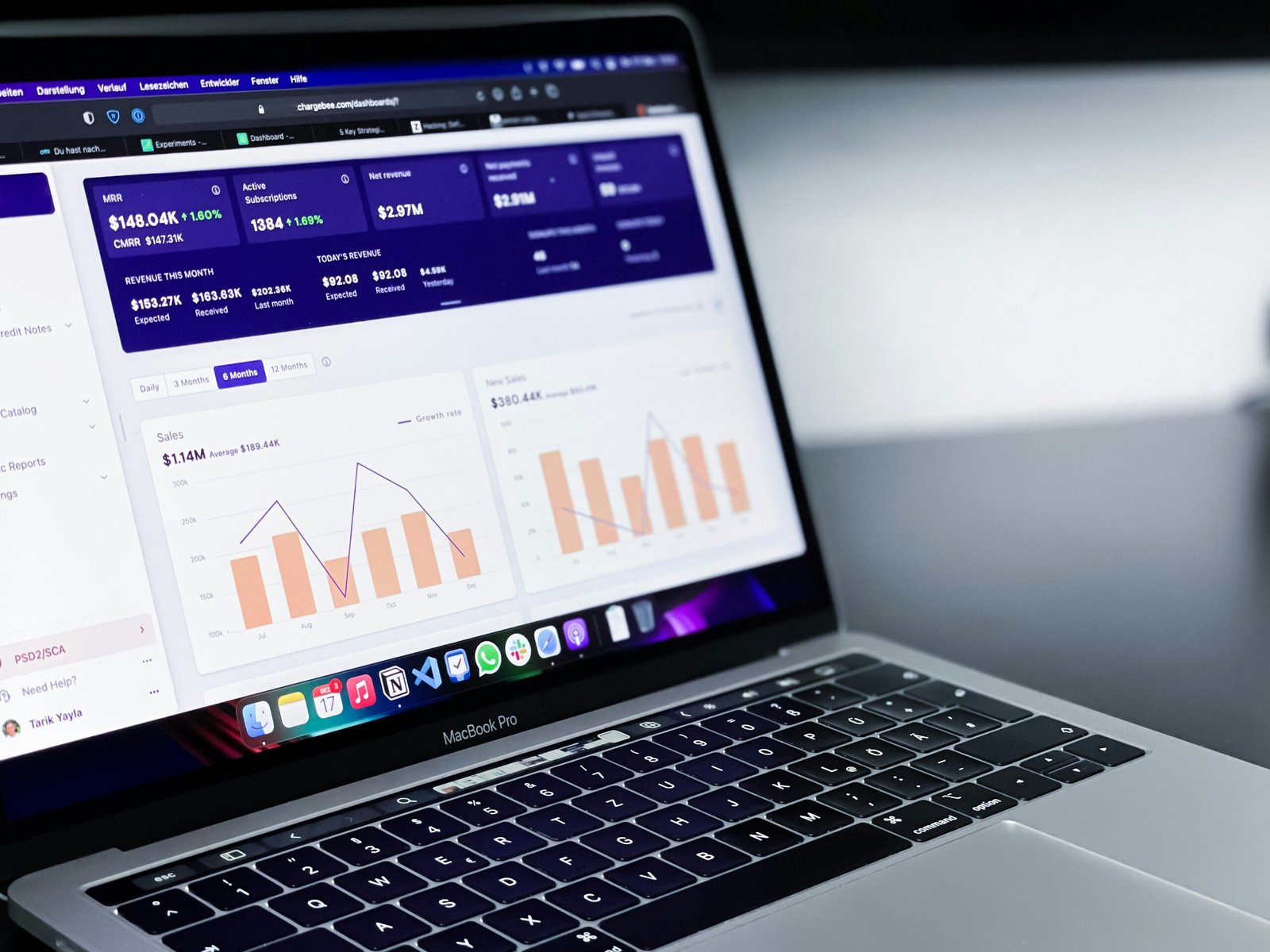Understanding the Needs of Your SMB
For small and medium-sized businesses (SMBs), understanding the data requirements is crucial for ensuring operational efficiency and achieving strategic objectives. The first step in this evaluation is identifying the key data sources. These can range from customer data, sales figures, and market trends to operational metrics. It is important for SMBs to take inventory of the data they currently collect and analyze how this data can be utilized to inform decision-making processes.
Next, comprehending the specific business objectives is essential to effectively harness data in a manner that supports sustained growth. SMBs should ask themselves what they aim to achieve with their data. This could involve enhancing customer engagement, streamlining operations, or gaining competitive insights. Aligning data collection and analysis efforts with these objectives will ensure that the chosen data tool stack serves a practical purpose and adds value to the business.
Furthermore, SMBs often face challenges due to budget and resource constraints. It is vital for them to recognize these limitations as they assess potential data tools. Investing in high-end data solutions might be tempting, but it is crucial to evaluate whether these tools truly align with the specific needs of the business. A tailored approach often yields better results; SMBs should consider solutions that offer flexibility in scaling, integration capabilities, and user-friendly interfaces.
In conclusion, by taking a holistic approach to understanding their data needs, SMBs can create a clear roadmap that guides them in selecting the right data tools. This evaluation should account for the unique context of the business, ensuring that the tools not only fit within their operational framework but also empower them to achieve their strategic goals effectively.
Key Data Tool Categories for SMBs
In the contemporary business landscape, small and medium-sized businesses (SMBs) face the challenge of managing, processing, and deriving insights from vast amounts of data. To effectively tackle this challenge, it is crucial for SMBs to implement a well-rounded data tool stack comprising various categories of data tools. These categories include data collection tools, data storage solutions, data processing frameworks, and data visualization software.
Data collection tools are essential for SMBs as they facilitate the gathering of raw data from multiple sources. This can include web scraping tools, surveys, and customer feedback systems, allowing businesses to compile relevant information crucial for decision-making. Effective data collection ensures that the foundation for data analysis is robust, ultimately enhancing the quality of insights derived.
Once data is collected, SMBs require data storage solutions to securely house this information. These storage solutions can vary from traditional on-premise databases to cloud-based storage systems. Cloud storage is particularly beneficial for SMBs, as it offers scalability, flexibility, and cost-efficiency. With reliable data storage, businesses can maintain data integrity and access their information promptly when needed.
After data collection and storage, the next step involves data processing frameworks. These tools enable SMBs to clean, transform, and analyze data efficiently. Processing frameworks like ETL (Extract, Transform, Load) tools streamline workflows and ensure that data is prepared for meaningful analysis. This is critical for businesses that wish to harness their data for strategic planning and operational improvement.
Finally, data visualization software helps SMBs present insights derived from their data in a comprehensible manner. Effective visualization tools allow businesses to create interactive dashboards and reports, which facilitate clearer communication of information to stakeholders. By utilizing these visualization tools, SMBs can ensure informed decision-making based on accurate data interpretations.
Understanding these key data tool categories empowers SMBs to develop a comprehensive data strategy, ultimately leading to more efficient operations and enhanced business insights.
Evaluating and Selecting the Right Tools
When selecting data tools for small and medium-sized businesses (SMBs), a structured evaluation process is crucial to ensure that the chosen solutions align effectively with organizational needs. The first aspect to consider is the ease of use. Tools that are intuitive and user-friendly can significantly reduce the learning curve for team members, promoting quicker adoption and productivity. Conducting a usability assessment can help identify which tools offer a seamless experience for all users involved in data management.
Next, integration capabilities should be examined. SMBs typically utilize multiple software applications to handle various business functions. Therefore, it’s essential to ensure that the data tools can easily integrate with existing systems, such as Customer Relationship Management (CRM) platforms or accounting software. This interoperability allows for streamlined workflows and enhances the overall efficiency of data handling processes.
Scalability is another vital consideration, especially for growing businesses. A tool that meets current needs but is incapable of adaptation as the organization expands could lead to additional costs and disruptions later. When evaluating potential tools, it is important to assess whether these solutions can accommodate increased data volume or more users without a decline in performance.
Cost is often a decisive factor in the evaluation process. A thorough cost-benefit analysis can assist in determining whether the features offered justify the expenditure. Additionally, many vendors provide trial periods, allowing businesses to assess a tool’s functionality before making a financial commitment. This hands-on experience can reveal insights into usability and effectiveness that are not evident from demos or promotional materials. Furthermore, gathering user feedback and reviews from other businesses can provide valuable perspectives on a tool’s performance and reliability.
Lastly, aligning the selected tools with specific business goals is essential. Prioritizing features that address the most critical challenges within the organization will facilitate a focused approach to data management, improving overall business outcomes. By following this structured evaluation process, SMBs can confidently select data tools that best meet their unique requirements.
Implementing and Optimizing Your Data Stack
Successful implementation of a data tool stack within small and medium-sized businesses (SMBs) requires careful planning and execution. The process begins with establishing a clear understanding of existing workflows and identifying points of integration for the new tools. This ensures that the selected data tools will complement current processes rather than disrupt them. Involving key stakeholders from different departments during this phase can also promote smoother transitions and foster a culture of collaboration.
Training for staff is crucial and should be tailored to the distinct roles and responsibilities within the organization. It is beneficial to organize comprehensive training sessions that not only cover the technical aspects of the tools but also illustrate how these tools can enhance data utilization in decision-making processes. Continuous learning should be encouraged, with regular updates and refreshers provided as needed, especially as new features and functionalities are released.
Ongoing maintenance of the data stack cannot be overlooked. Establishing a dedicated team for monitoring the performance of the tools will help address any technical issues promptly. Routine check-ins can also assist in ensuring that the systems are functioning optimally and that data integrity is maintained. Regular data audits should be part of this process to evaluate the effectiveness of the tools and identify areas for improvement.
Continuously optimizing the data stack is essential to keep pace with evolving business needs and technological advancements. This requires an adaptive strategy that allows for the integration of new tools and methodologies as they become available. Future-proofing the data strategy entails staying informed about industry trends and emerging technologies that could enhance data analytics capabilities. In this way, SMBs can maintain a competitive edge and leverage their data effectively to drive growth and innovation.









